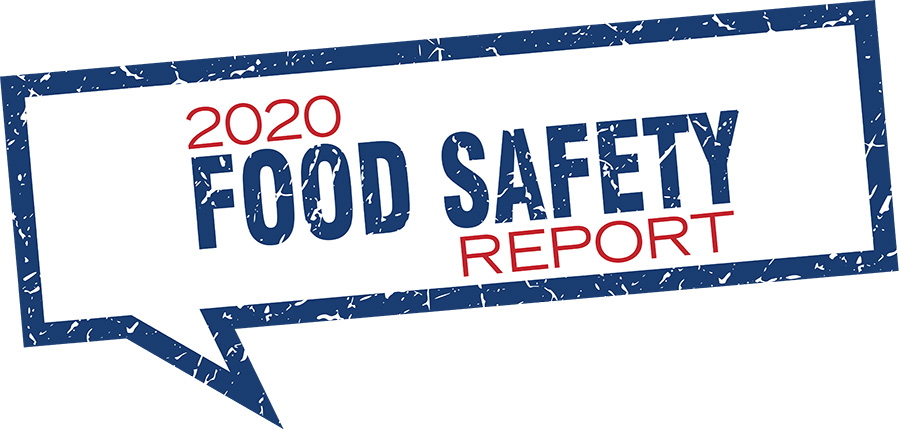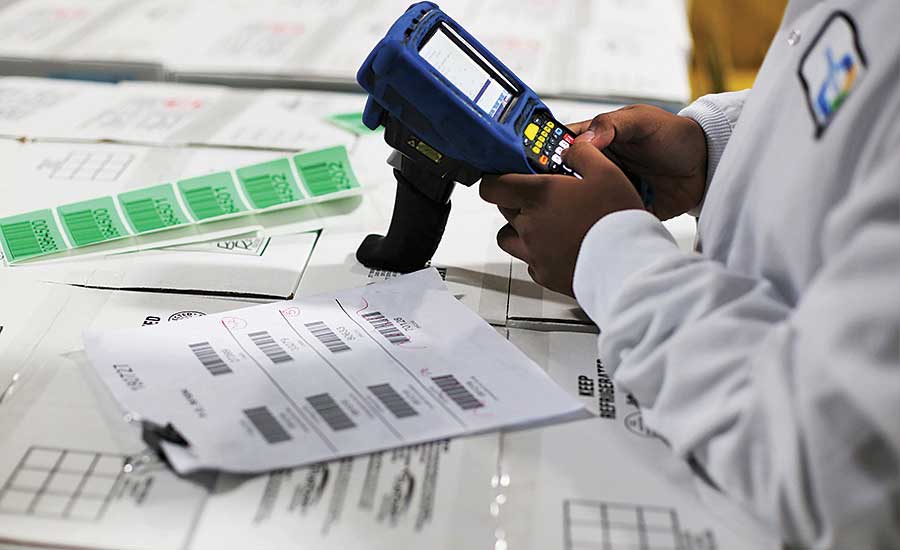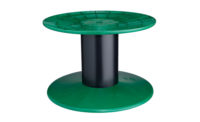Various reports and data show that the cold supply chain continues to experience strong growth and expansion. Drivers include higher demand for fresh, better-tasting and healthier products and consumers’ willingness to pay a premium for products they feel meet their individual needs. At the same time, many food and beverage brands are challenged to develop efficient and reliable systems to ensure products safely reach end users within the cold chain. Capitalizing on this growing trend, brands are looking for comprehensive cold-chain solutions to incorporate the necessary processes, systems and partners to help meet the unique demands of current and future customers who prefer the fresh and healthy image of refrigerated products.

Table of Contents:
Outsourcing food production and processing is proving to be an effective and efficient option for many branded companies to address these growing cold-chain opportunities. Outsourcing high-pressure processing (HPP) is becoming a preferred food-safety and preservation choice for many companies, especially those seeking additional safety and longer shelf life for the premium foods they’re sending through chilled distribution. What’s more, brands see a greater benefit from a partnership with a single service provider who can offer HPP services in conjunction with other necessary steps in that brand’s particular cold-chain model. As with anything, fewer handoffs means more traceability and better product and supply-chain management throughout the entire process.
In addition to the multiple benefits provided through HPP’s non-thermal technology, companies that provide both HPP and other valued-added cold-chain-related solutions can prove to be the ideal partner for branded food and beverage companies. Adding cold storage, tempering, kitting and assembly, coding, pre-pricing and more to HPP outsourcing can simplify a brand’s entire process and simultaneously provide additional layers of confidence when moving products throughout the entire cold chain. Building this type of strategic partnership provides consistency and continuity in the cold chain and it unlocks the power to collaborate to further refine and streamline the entire system.
As the needs and demands of food and beverage manufacturers and consumers continue to evolve, the cold chain as a whole will experience growth and diversification. Food and beverage brands pursuing opportunities within refrigerated distribution will increasingly choose strategic partners who not only have integrated services, but have also invested in food safety and are committed to the highest standards of quality. NP




Report Abusive Comment